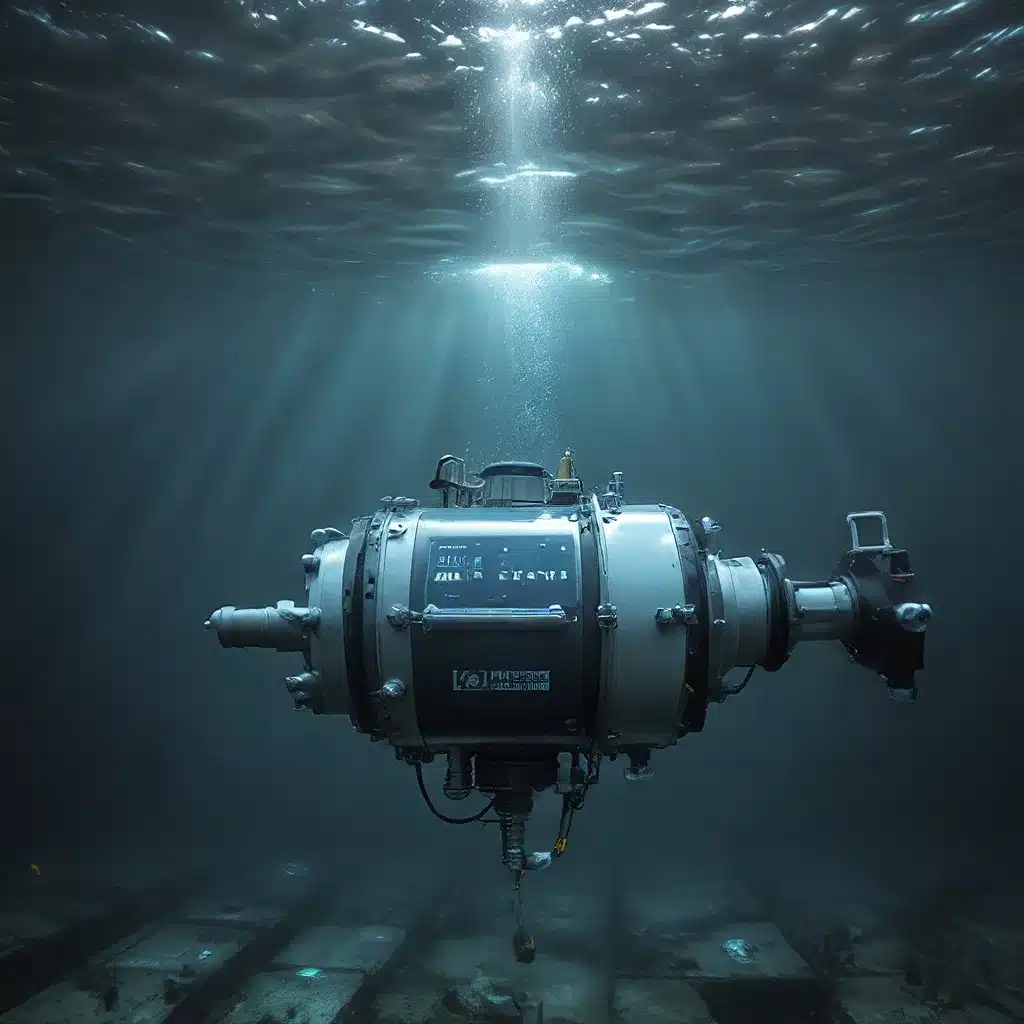
In the ever-evolving world of sensor networks and the Internet of Things (IoT), the challenge of energy management has become increasingly crucial, particularly in underwater wireless sensor networks (UWSNs). As these networks play a pivotal role in aquatic environments, facilitating data collection and communication for various applications, the limited energy resources of sensor nodes pose a critical challenge. This can lead to the emergence of energy holes, which can adversely impact network performance and longevity.
To address this challenge, researchers have explored the application of machine learning techniques, specifically neural networks, to enhance energy management in UWSNs. One such innovative approach is the work of Anandkumar Pandya and Tanmay Pawar, who have proposed a novel two-part solution to intelligently forecast energy depletion in underwater sensor networks.
Energy Hole Classification: Leveraging Neural Networks
The first step in the researchers’ approach is to classify instances of energy holes within the UWSN. Through extensive simulations of various scenarios, they have generated a rich dataset featuring crucial parameters such as residual energy, hop distance from the surface sink, source address, destination address, and more. This meticulously prepared and preprocessed dataset serves as the foundation for training a neural network model to accurately identify energy hole occurrences.
The neural network model developed in this study is designed to capture the complex dependencies among the various features, enabling it to learn patterns and make informed predictions about energy hole scenarios. By leveraging the power of deep learning, the researchers have created a robust classification system that can reliably detect instances of energy holes within the UWSN.
Energy Hole Prediction: Anticipating Network Vulnerabilities
Building upon the foundation of the energy hole classification model, the researchers have taken the next step in their approach: predicting energy hole occurrences. The prepared dataset from the classification phase is utilized to train a second neural network model, this time focused on forecasting potential energy holes based on the available features.
The predictive model is designed to capture the intricate relationships between parameters such as residual energy, hop distance, and network address information. By learning from the comprehensive dataset, the neural network is able to identify patterns and make accurate predictions about the likelihood of energy holes occurring in the UWSN.
To evaluate the performance of the predictive model, the researchers have employed various metrics, including accuracy, precision, recall, and F1-score. The results showcase the model’s ability to learn and generalize from the extensive dataset, providing valuable insights into potential energy hole occurrences based on the specified features.
Enhancing Energy Management in Underwater Sensor Networks
The proposed neural network-based paradigm, which incorporates features such as residual energy and hop distance, offers a promising solution to enhance energy management in UWSNs. By accurately classifying and predicting energy hole scenarios, network administrators and researchers can proactively address these challenges, ultimately improving network longevity and performance.
This approach holds significant implications for a wide range of underwater applications, from environmental monitoring and marine research to infrastructure inspection and disaster response. By anticipating energy depletion and adapting network strategies accordingly, UWSN deployments can become more efficient, reliable, and sustainable.
Toward a Smarter Future for Underwater Sensor Networks
The research conducted by Pandya and Pawar is a compelling example of the synergetic relationship between sensor networks, IoT, and machine learning. By leveraging the power of neural networks, they have developed a novel solution to address a critical challenge in underwater sensor networks: the management of limited energy resources.
This work not only contributes to the advancement of UWSN technology but also highlights the broader potential of integrating intelligent forecasting and predictive analytics into sensor network design. As the demand for real-time data and robust connectivity continues to grow, particularly in remote or challenging environments, such innovative approaches will be instrumental in shaping the future of sensor networks and IoT.
As you explore the ever-evolving landscape of sensor networks and IoT, be sure to visit sensor-networks.org for the latest news, research, and insights from industry experts. By staying informed and embracing the latest advancements, you can help drive the development of smarter, more efficient, and more sustainable sensor network technologies.